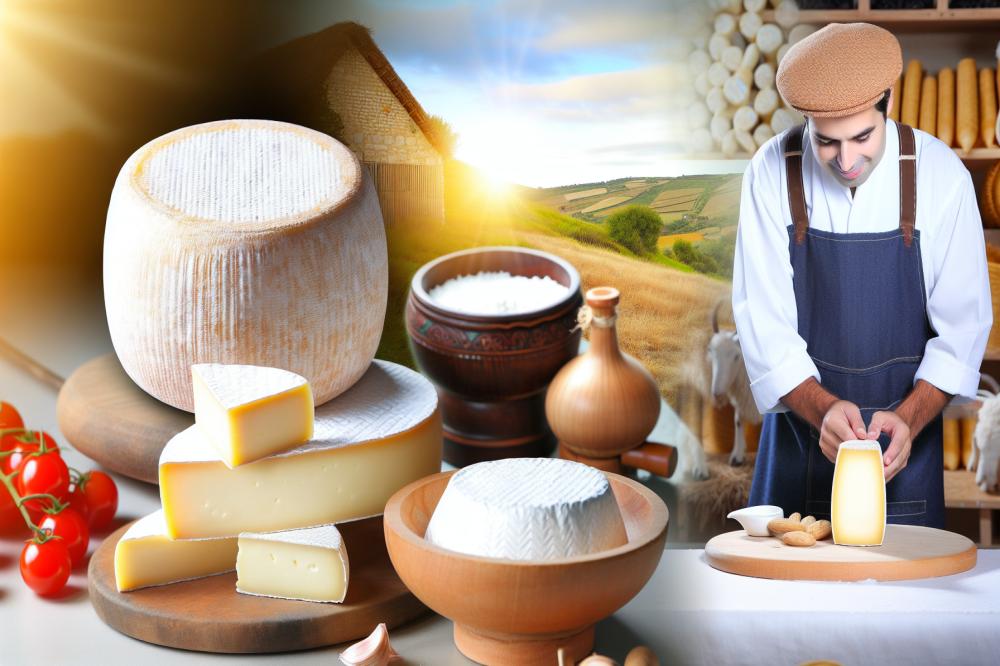Introduction
Queijo de Azeitão is a cherished cheese that holds a special place in Portuguese culinary traditions. Originating from the Azeitão region, this soft cheese has gained fame for its rich flavor and creamy texture. Many people admire its smooth consistency and distinct taste, which highlight the region’s pastoral heritage.
This cheese embodies a story of craftsmanship. Artisans use traditional cheese-making techniques passed down through generations. Careful attention to detail contributes to its exceptional quality. Local sheep’s milk, combined with rennet, forms the base of this beloved product. Salty and tangy notes create a memorable experience for those who savor it.
Significantly, the preparation process involves methods that respect the land and its resources. Farmers prioritize sustainability by maintaining sheep flocks and fostering natural grazing practices. The outcome is more than just cheese; it represents the identity of the people from Azeitão. Enthusiasts of this culinary art appreciate the dedication required to produce each wheel of cheese.
Understanding the connection between Queijo de Azeitão and the cultural landscape of Portugal matters. It is not just a food item; it is a symbol of regional pride and a testament to the richness of local agriculture. Exploring its production offers an insight into the heart of Portuguese cheese culture.
Queijo de Azeitão
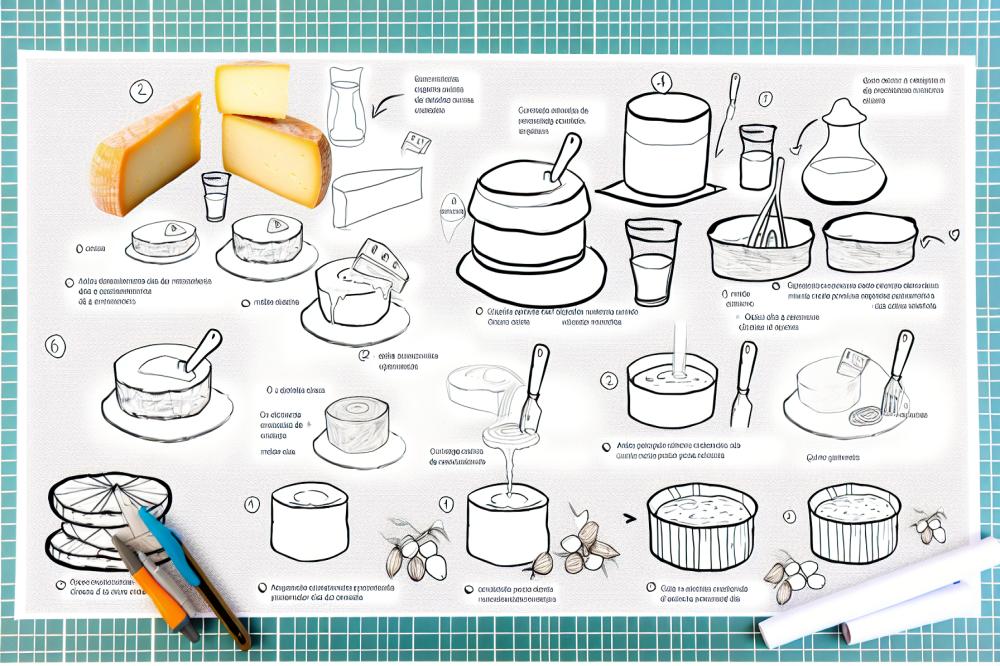
Queijo de Azeitão is a traditional Portuguese cheese known for its rich flavor and soft consistency. It originates from the beautiful Setúbal Peninsula, where rolling hills meet the Atlantic Ocean. This cheese boasts a Protected Designation of Origin (PDO) status, which means it can only be produced in specific regions that maintain traditional methods. The lush pastures and climate of the area play a vital role in giving it distinct qualities.
This artisanal cheese primarily uses sheep’s milk, often from the renowned Merino breed. The milk is notable for its high fat content, which contributes to the cheese’s creamy texture. Small producers often gather the milk from local farms early each morning. The process of curdling the milk employs traditional rennet and specific bacterial cultures, allowing it to develop its full flavor profile.
Its texture is soft, almost spreadable, and the color ranges from pale yellow to light cream. When tasting, you can expect a strong and tangy flavor that lingers on the palate. The acidity balances well with its richness. Some aficionados describe the taste as earthy, a reflection of the region’s flora.
In local cuisine, Queijo de Azeitão plays an integral role. It is commonly served as a starter or enjoyed with bread and olives. Residents often complement the cheese with a drizzle of honey or fig jam. Pairing it with robust red wines from the nearby vineyards enhances its appealing flavors, creating a delightful culinary experience.
Cheesemakers in the area take pride in their craft. Many have been perfecting their techniques for generations. Consumers appreciate the connection to local heritage that this cheese embodies. Whether savored on its own or included in a larger feast, its presence adds a special touch to any meal.
traditional cheese-making
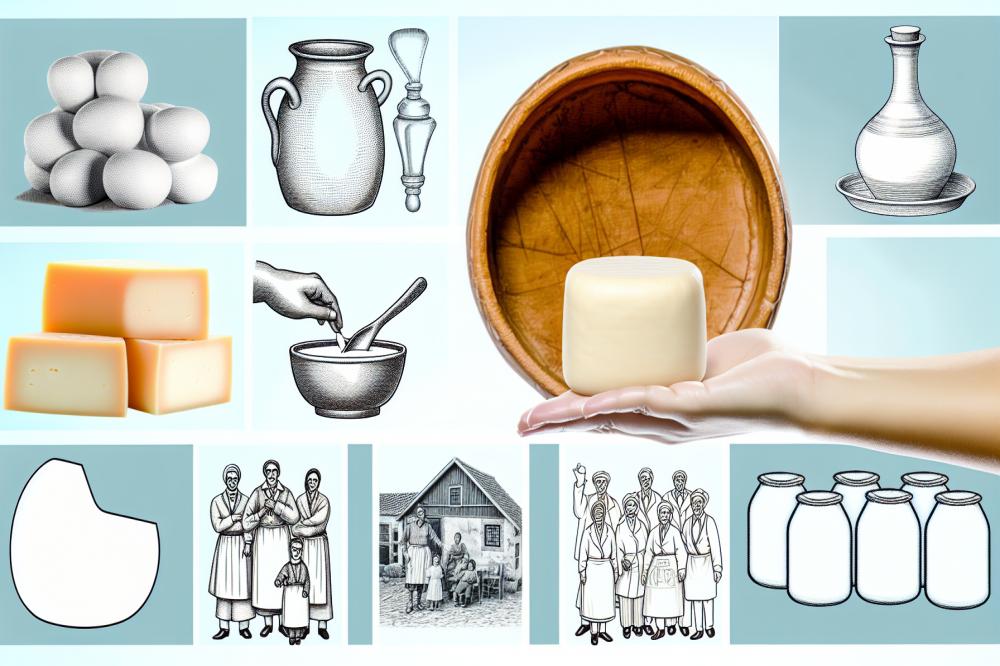
Making Queijo de Azeitão involves a series of age-old techniques. These methods have been passed down through generations, showcasing the connection between artisans and their craft. Understanding how each step fits together reveals the heart of this delicious cheese.
The process begins with milking sheep. Local farmers carefully tend to their flocks, which provide the fresh, high-quality milk essential for this cheese. These animals graze on unique pastures, which supports the flavor profile. Milking is done by hand in many cases, highlighting the intimate relationship between farmer and animal.
After milking, the next step is curdling the milk. A specific type of rennet, derived from the stomachs of young lambs, is added to the warm milk. This natural coagulant helps separate the curds from the whey, creating a thick mixture. The timing is crucial, as curds must develop properly to yield the desired texture and taste.
Once curds have formed, they are cut into smaller pieces. This is where the pressing begins. Artisans use traditional tools, such as wooden paddles or molds, to shape the cheese. The pressing technique influences the final product, affecting moisture content and density. This skilled craftsmanship is a hallmark of the cheese-making tradition.
Aging is a critical phase in the production process. Cheese is placed in cool, dark spaces for several weeks to months. The right environment fosters the development of flavors and textures characteristic of Queijo de Azeitão. During this time, the artisans monitor the cheese closely, adjusting conditions as needed to achieve optimal results.
Local resources play a vital role throughout the process. The region’s climate and grazing lands contribute to the quality of the milk. Additionally, the tools used reflect a harmonious blend of practicality and tradition. These elements come together through the expertise of local artisans.
Artisans possess deep knowledge of their craft. They understand how each phase impacts the flavor, aroma, and overall quality of the cheese. Such expertise not only preserves traditional techniques but also enhances the appreciation for this regional delicacy.
In essence, the creation of this cheese is not merely a process; it is a celebration of culture and tradition. Each step showcases dedication and craftsmanship. This rich heritage ensures that the art of cheese-making continues to thrive.
Recipe for Queijo de Azeitão
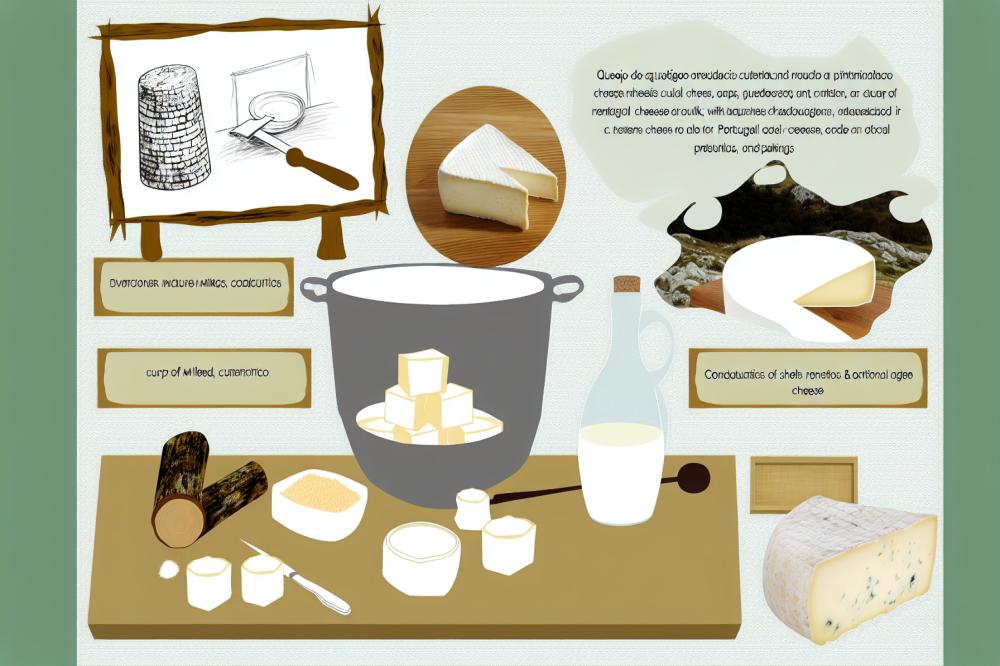
Ingredients:
- 2 liters of sheep’s milk
- 1 cup of rennet
- 1 teaspoon of salt
- Optional: herbs or spices for flavor
Recipe Instructions:
- Warm the sheep’s milk in a large pot to about 30 degrees Celsius.
- Add the rennet and stir gently for a few minutes.
- Allow the mixture to curdle for 30-45 minutes until curds form.
- Cut the curds into small pieces and let them rest.
- Gently stir the curds while slowly heating them to 40 degrees Celsius.
- Transfer the curds into a mold lined with cheesecloth and sprinkle with salt.
- Press the curds for a few hours, then remove from the mold and continue aging for 2-3 weeks.
Nutritional Information and Health Benefits
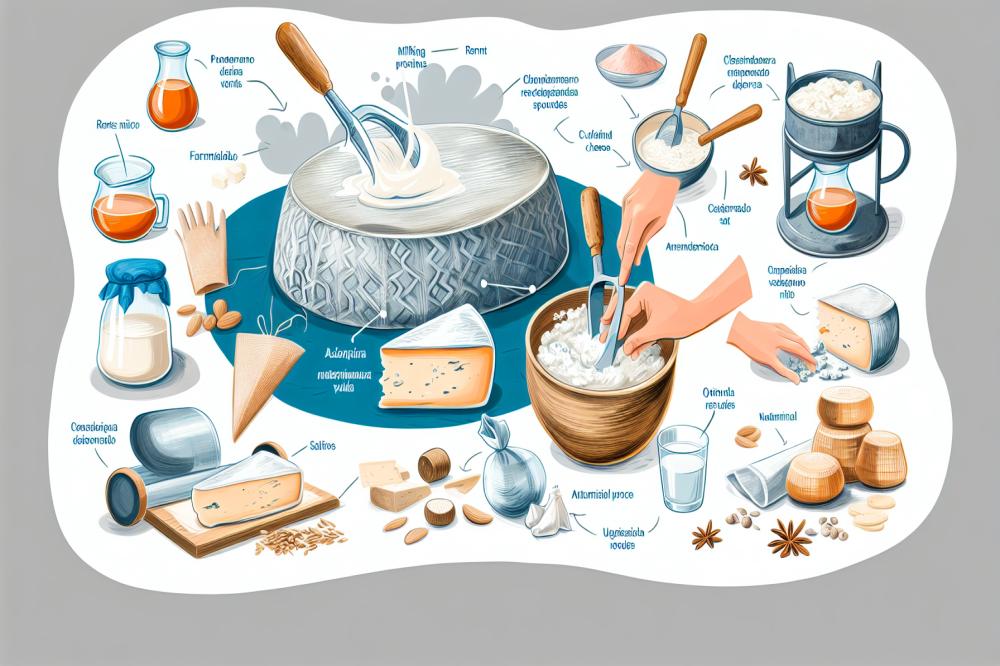
Queijo de Azeitão offers a rich profile of nutrients. It contains high levels of protein, which is essential for muscle growth and repair. The fat content is also significant, providing energy and promoting satiety. Vitamins and minerals, particularly calcium and phosphorus, play an essential role in bone health.
This cheese can be a valuable addition to a balanced diet. Retaining beneficial fats contributes to heart health, while probiotics from the fermentation process support gut health. The calcium found in this cheese helps strengthen bones and teeth, which is particularly important for growing individuals and older adults.
Many enjoy adding herbs or spices to enhance flavor, which can also offer additional health benefits. Ingredients like rosemary or thyme may contain antioxidants that assist in overall well-being. Whether as a snack or part of a meal, this cheese brings both culinary delight and nutritional value to the table.
Final Thoughts
Queijo de Azeitão holds a special place in Portuguese culture. This traditional cheese is not just a product; it represents a way of life for many. Its unique flavor comes from the use of sheep’s milk and the specific local herbs that are a testament to the region’s rich agricultural heritage. These elements have been carefully preserved through generations.
Preserving traditional cheese-making techniques is vital. They connect people to their history and community. By valuing these practices, we help keep local economies flourishing. This cheese isn’t merely food; it’s a reflection of identity and craftsmanship. Enthusiasts appreciate every bite for the love and effort poured into making it.
If you’re feeling adventurous, consider trying to make it at home. Although it may be challenging, it offers a deeper appreciation for the craft behind it. Alternatively, seek out local cheese shops or markets where authentic products await. Sampling traditional Portuguese cheese can transport anyone to the sunlit hills of the Setúbal Peninsula, where flavors and stories intertwine.
Embracing this culinary delight not only satisfies the palate but also supports local traditions. Explore and celebrate this unique part of Portugal.

